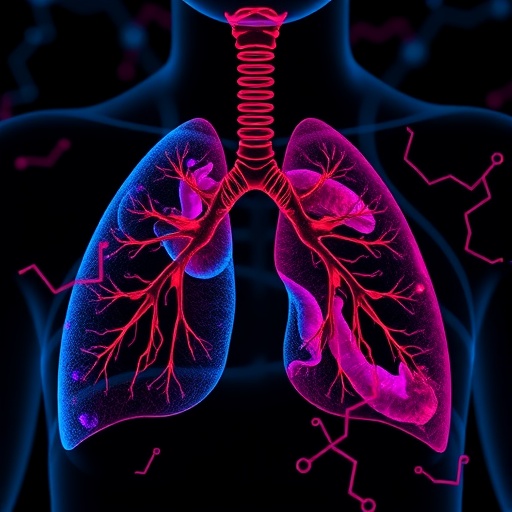Precautionary approaches to governance of emerging technology, which call for constraints on the use of technology whose potential harms and other outcomes are highly uncertain, are often criticized for reflecting "risk panics," but precaution can be consistent with support for science, concludes an article in the journal Science. Gregory Kaebnick, a research scholar at The Hastings Center, is the lead author.
The article discusses the benefits of precaution in the context of gene drives, technologies that hold promise for addressing persistent problems, such as eradicating mosquito-borne diseases and conserving endangered species, but that also risks harming entire ecosystems. Kaebnick was a member of a U.S. National Academies of Science, Engineering, and Medicine (NASEM) committee on gene drive research, which issued a report last summer that recommended a precautionary approach. His co-authors are some of the members and staff of the committee.
The article expands upon the NASEM report's recommendations. Rather than argue for a precautionary approach to all research on gene drives-such as moratoria until stringent global oversight is enacted- the report calls for "targeted but meaningful measures." Such measures would identify specific and manageable concerns, such as that gene drives could have unwanted effects in an organism's genome, a gene drive-modified organism could have unwanted effects on an ecosystem, and what counts as "unwanted" may vary among different people.
Targeted measures would not aim to halt research on gene drives but instead would "establish conditions under which it can be successful," the authors write. "They constitute a path toward possible release of gene drives-a route with flashing red lights, checkpoints, and off ramps rather than barricades."
###
The article appears in the 11 November 2016 issue of the journal Science, published by AAAS, the science society, the world's largest general scientific organization. To receive a copy of the article, contact Science at 202-326-6440 or [email protected].
To interview Gregory Kaebnick, contact:
Susan Gilbert, public affairs and communications manager
The Hastings Center
[email protected]
845-424-4040 x244
Media Contact
Susan Gilbert
[email protected]
845-424-4040 x204
@hastingscenter
The Hastings Center — Health, Science, and Technology Ethics




